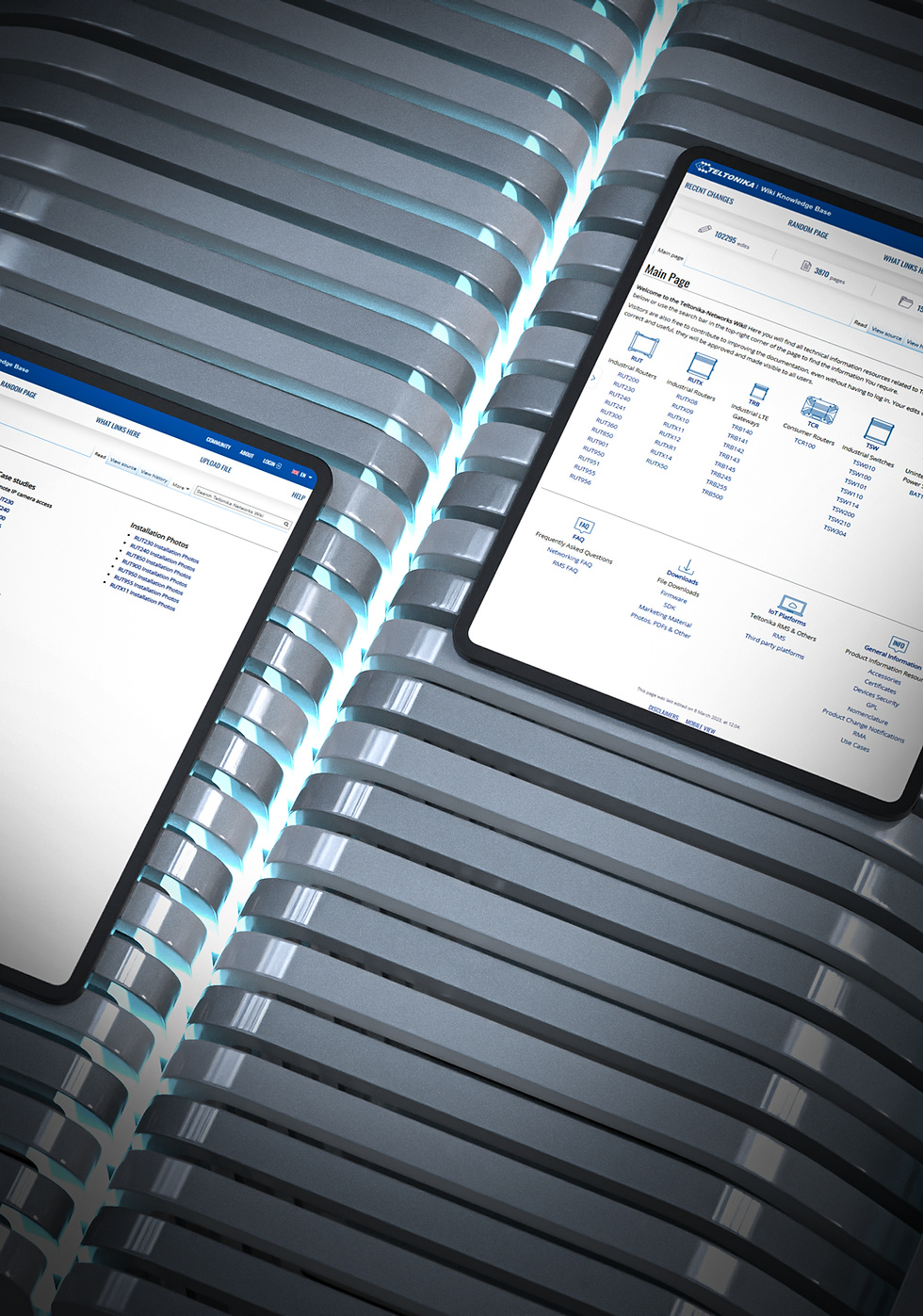top of page
TRB142
GATEWAY LTE RS232 ROBUSTA INDUSTRIAL
El TRB142 es una pasarela IoT ultrapequeña, ligera y de bajo consumo equipada con conectividad LTE de misión crítica. TRB142 incluye una interfaz RS232 muy utilizada para la gestión remota de dispositivos industriales.
CONECTIVIDAD
4G/LTE (Cat 1), 3G, 2G
COMPACTIBILIDAD
Tamaño reducido, fácil instalación
RS232
Equipado con RS232 para comunicación en serie
PROTOCOLOS
Compatible con los protocolos de comunicación industrial DNP3 y Modbus
3d model

GALERÍA DE PRODUCTOS

introduction video
qsg video



MÁS FOTOS
features
downloads
ORDENAR
support
funciones
Certificados
downloads
ordenaR
SOPORTE
Title
Spec title
Spec text
Spec title
Spec text
Title
Spec title
Spec text
Spec title
Spec text
ACCESORIOS compatibles
bottom of page




.png)





